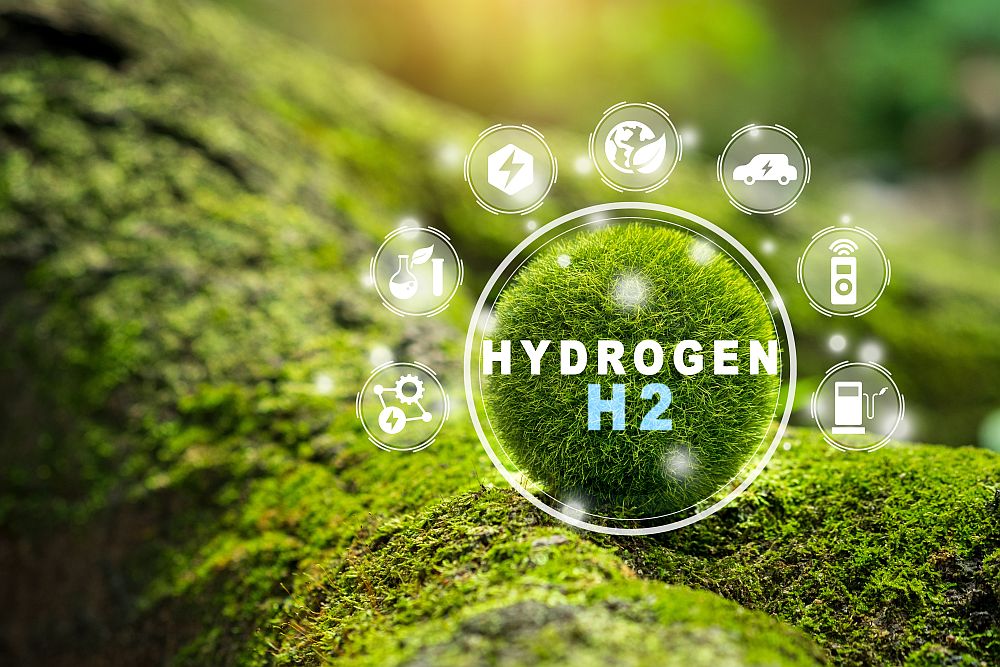
[Image above] The author’s chickens, left, and examples of the eggs that they lay on a semi-daily basis. Credit: Becky Stewart
Ask almost anyone for examples of common breakfast foods, and eggs will likely be near the top of the list. Yet despite eggs being a longtime staple of breakfasts all over the world, many people do not realize the small miracle of engineering that the humble chicken egg represents.
Domesticated chickens (Gallus gallus domesticus) are descended from red junglefowl (Gallus gallus), whose native range is Southeast Asia. The chicken’s domestication and selective breeding by humans likely began there around 7,000 to 10,000 years ago.
These generations of controlled evolution have led to chickens with different feather styles, egg colors, and temperaments. But most importantly, it has led to chickens that produce eggs almost daily, year-round, in contrast to other birds.
Like other birds, chicken eggs are almost fully formed prior to fertilization. However, by providing chickens with ample food and light, plus removing the eggs before a clutch can be formed, chickens are encouraged to lay these unfertilized eggs on a regular basis.
While this rate of egg laying is an impressive feat on its own, a closer look at the eggshell reveals a chicken’s true contribution to natural engineering.
Eggshell composition and formation
All vertebrates produce eggs. However, most (but not all) mammals gestate their young internally, and so they do not need an eggshell to provide the warm, moist environment appropriate for sustaining life.
Reptiles pioneered egg laying, which required the development of an eggshell to protect against the external environment. However, their eggshells are typically less rigid and calcified than the eggshells of their long distant cousins, the birds. Fun fact: both birds and reptiles are descended from dinosaur ancestors!
Eggshells are a multilayered bioceramic composite. They consist of different polymorphs of calcium carbonate (~95% in bird eggshells, ~89–96% in reptile eggshells) embedded in an organic matrix of proteins, magnesium carbonate, and calcium phosphate.
In chickens, the crystal structure of calcium carbonate (calcite) is trigonal, and the crystals grow together on the eggshell surface to form hexagonal structures. Small pores at the crystal boundaries allow air circulation. A protective layer of protein called the cuticle forms a barrier against bacteria on the exterior of the shell.
Chicken egg development takes a couple of weeks from formation of the follicle on the ovary to the laid egg. The follicle grows large enough to release a yolk in one to two weeks. From the point of yolk release to the point of laying, the egg’s albumen (the egg white) and the shell are formed over the next 26 hours or so. During that time, approximately 20 hours are devoted to shell calcification.
Similar to chickens, the Guinea fowl forms eggs over 26 hours, though with a slightly longer calcification process (~22 hours vs ~20 hours). This slightly longer calcification time results in a relatively small increase in eggshell thickness, and yet Guinea fowl eggs demonstrate an eggshell strength that is more than two times greater than chicken eggshells. This unusual behavior is due to a unique bilayered microstructural arrangement that is notably different from the eggshell of other galliform birds.
The inherent strength of an eggshell
A hexagon is one of the strongest architectural shapes because it has an ideal structural stability-to-material-use ratio. Honeybees inherently know this fact and use hexagonal combs to improve hive strength and maximize airflow. Humans have drawn inspiration from these structures to develop biomimetic systems for passive cooling and architecture, too.
In an eggshell, the hexagonal structures that form as the calcite crystals grow together help to distribute compressive forces around the shell, making them resistant to crushing in the nest and an impressive example of technical bioceramics. However, this structure cannot protect the egg from a high drop to the ground, which is why the Egg Drop makes for a good challenge in engineering design competitions.
Eggshell composition and structure can vary in response to both biological and environmental stimuli. For example, molting is an annual process of feather rejuvenation. During molting, the protein content in eggshells temporarily increases and the calcium content is reduced. Conversely, the eggshells of brood parasitic birds have evolved to become stronger to resist destruction by the host bird. Specifically, these eggshells feature longer and more complex grain boundaries to increase the strength-to-thickness ratio. (As ceramic engineers know, grain boundaries are important for controlling ceramic material properties.)
Future applications of eggshells as bioceramics
Leaving aside the industrial nature of modern egg production, eggshells are a significant portion of food waste. To divert some of that waste from landfills, researchers and entrepreneurs are working on innovative applications for eggshells.
One promising avenue for reuse of eggshell waste is to turn the calcite into calcium phosphate (hydroxyapatite) for use as a biocompatible scaffold for bone or tooth regrowth. Calcium phosphate produced in this way can also be used as fertilizer or a food additive.
An Argentine artist, Cynthia Nudel, is experimenting with turning eggshells and algae into biodegradable ceramics that harden in air, with no need for kiln drying. Nudel’s process recycles a waste product and requires little energy to do so. Another application of eggshell ceramics is in building materials. Manufactura, a design collective in Mexico, has been 3D printing eggshell-based bricks for architectural use. Eggshell bioceramic can also be used to make decorative tiles. The process of reusing eggshells in this way is simple enough to try at home.
Finally, researchers are also looking at an agricultural application of eggshells combined with chitosan as bioplastics to absorb phosphate from water. This application has the triple benefits of avoiding the use of microplastics to deliver fertilizer, reducing phosphate runoff from fertilizer application, and decreases the need for phosphate mining to meet demands because the captured phosphate can be recycled into new fertilizer.
Further reading
Hamilton, R.M.G. 1988. The microstructure of the hen’s eggshell—A short review. Food Structure, 5(1):1 99–110.
Nys, Y. et al. 2004. Avian eggshell mineralization: biochemical and functional characterization of matrix proteins. Comptes Rendus Palevol, 3(6–7): 549–562.
Author
Becky Stewart
CTT Categories
- Education
- Environment


